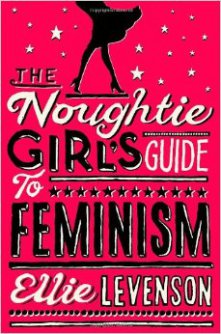Download links for: Body by Science: A Research-Based Program for Strength Training, Body Building, and Complete Fitness in 12 Minutes a Week


Reviews (see all)
Write review
Eye opener.Great book in the area of fitness and health.Must read for all.
This book is a primer for anybody interested in "the fountain of youth!"
Revolution at health and exercise.
Other books by Nonfiction
Related articles












